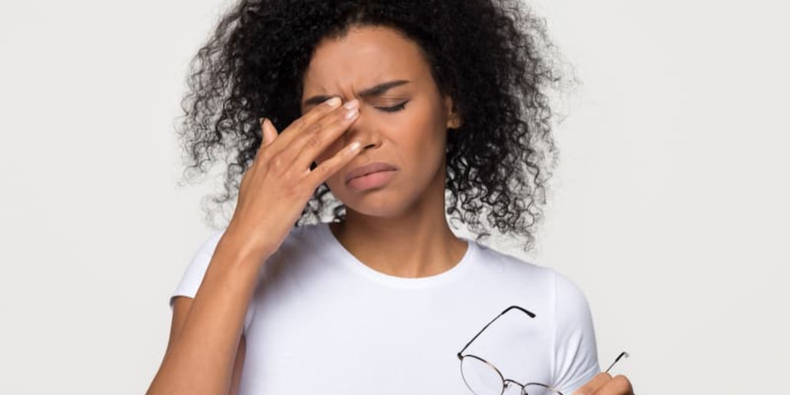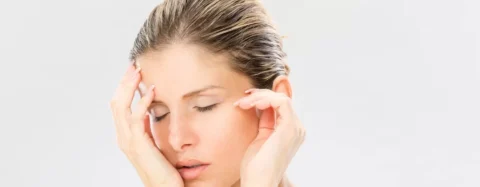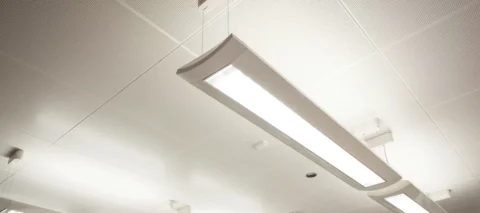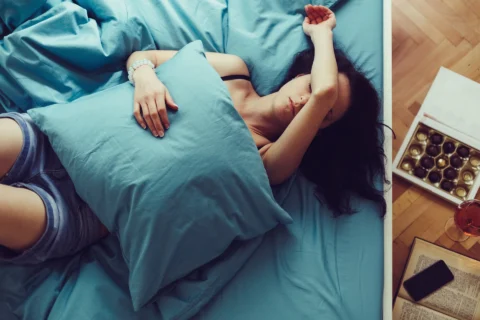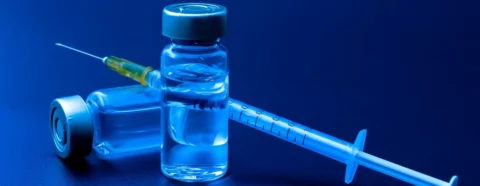Botox has been famously used for reducing facial wrinkles for decades now and has also been proven effective for temporary treatment for eye issues such as droopy eyelid and strabismus. The botulinum toxin injection is also widely used for treating a host of other diseases as well, such as migraine headaches and excessive sweating. But recent studies have shown that Botox cosmetic can also be used as a treatment for dry eye symptoms and photophobia, or light sensitivity.
So what do you need to know about Botox dry eyes treatment? Experts have discovered that the neurotoxin can be used as an unconventional and relatively non-invasive solution for patients suffering from lacrimal gland mediated tear disorders. Aside from treating strabismus and essential benign blepharospasm, doctors can now consider Botox to address epiphora and dry eye syndrome.
How Botox Injection Works
Botulinum toxin is a synthetic chemical that is injected into the treatment area to block nerve signals to prevent the muscles from contracting. Botox is famous for its cosmetic use, specifically for smoothing out fine lines and dynamic wrinkles. This makes Botox a standard anti-aging treatment and has become accessible even for those who are not rich and famous.
Depending on the treatment area involved, a Botox patient may need from 1 to 10 injections during a single session to block the nerve signals successfully. The full effects are seen during the first week or two after the injection and can last up to 3 to 6 months. Follow-up injections are needed for those who want to maintain the effects of the Botox injections.
How Botox Dry Eyes Treatment is Possible
Doctors have discovered that Botox can address dry eye disease (which is a major cause of ocular surface disease) and photophobia in patients with migraine headaches. They found out that the three conditions were correlated and the symptoms improved after getting Botox injections. Dry eye and migraine were originally thought of as 2 different conditions and should be treated independently. But the experts’ findings suggest that the symptoms are linked and represent different manifestations of a single underlying disease.
This points to using Botox to treat light sensitivity. A study gave 91 patients who are suffering from migraines Botox injections and their light sensitivity was monitored. Around 80% of them reported their photophobia as severe prior to the onset of the headaches. After getting Botox, 70% of them reported an improvement in their symptoms. Around 45% of them reported having severe dry eye symptoms during their migraines and around 30% reported improvement in their condition after getting the Botox treatment.
How Botox is Effective for Migraine Treatment
Since the dry eyes, in this case, are related to migraines, it’s also important to understand how Botox works as a migraine treatment. The injections are made into several specific muscle areas around the head and neck to prevent the onset of migraines. These treatment areas include the forehead, bridge of the nose, the temples, the neck, the back of the head. Injections are also made just above the shoulder blades in the upper back.
Botox works for these headaches because it blocks the chemicals called neurotransmitters, which carry pain signals from your brain. Botox acts as a roadblock in that pathway and stops the chemicals in their tracks before they reach the nerve endings around the head and neck.
Each treatment typically involves getting around 31 injections across these treatment sites. It sounds a lot, but you have to keep in mind that migraines involve lots of muscles for them to trigger. In adults, Botox can prevent chronic migraine headaches that happen 15 or more days per month, with each headache lasting at least 4 hours. However, Botox is not recommended for episodic migraines, which involve 14 or fewer headache days per month. It’s also not recommended for treating common tension headaches.
If you’re suffering from migraine headaches and considering getting Botox injections for pain relief, make sure that you get a doctor who has experience in doing these injections for migraines and not just merely for wrinkles and cosmetic uses. Patients who have turned to Botox for migraine treatment report lesser headache days, around half than the usual per month. After 5 rounds of treatment, patients report that their headaches lessened about 70%.
So this is why patients who get Botox injections for migraines can experience a secondary benefit, which is the relief of their symptoms of photophobia and dry eye. Experts cite that migraines, dry eye, and photophobia are sharing neural pathways that link their responses to certain neural triggers. As the Botox treatments decrease the amount of migraine that the patients have, it can be safely assumed that it also has an effect on decreasing the severity of the inflammatory pathways related to dry eye and light sensitivity.
Learn more: Botox as a Preventive Treatment for Migraines
Maintenance for Botox Dry Eyes and Migraine Treatment

The effect of Botox injections is not permanent and those who want to maintain their migraine treatment may need to take medications on top of getting Botox. After several months following the injections, your nerves will sprout new pain fibers and thus allowing the headaches to return. Botox injections can be repeated no sooner than every three months, so for the last two weeks of the Botox cycle, your doctor may recommend other headache treatments, such as medications.
These medications may include cardiovascular drugs, such as beta-blockers and calcium channel blockers. Your doctor can also recommend anti-depressants and anti-seizure medications.
It’s important to note that dry eye symptoms can be a side effect of getting Botox injections that are not related to migraines. In this case, there are several methods used to alleviate a temporary dry eye or evaporative dry eye, which feels similar to a chronic dry eye condition. Your doctor may recommend using artificial tears, eye drops, or punctal plugs to bring moisture to your upper and lower eyelid.
For other dry eye conditions – issues that may involve blurred vision, meibomian gland dysfunction, or diabetic retinopathy, you will need a specialist eye doctor for dry eye treatment.
Again, it’s crucial to point out that Botox, whether it’s for migraines and other purposes, should be given only under a doctor’s care in order to avoid an allergic reaction, complications, and adverse reactions. In your case, it should be a doctor who has extensive experience in giving Botox to migraine patients. If you’re in New Jersey and other nearby areas, Ethos Spa has the Botox supervision that you need.
Whether you need it for cosmetic issues such as frown lines and facial wrinkles, or to address other facial issues such as eyelid spasms, and facial muscles spasm, the facility has the technology and expertise to address them.
The facility’s doctors, Monika and Hardik Soni are two of the most respected names in Botox and dermal fillers. Call now and seek your best options for Botox treatments.

